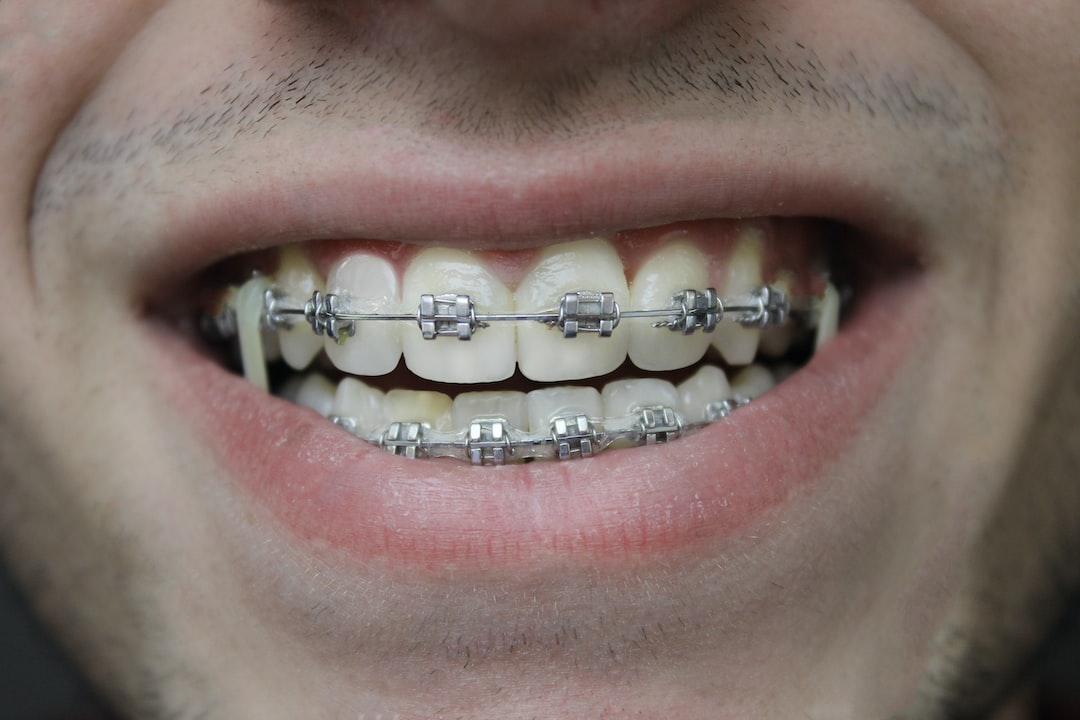Comprehensive Guide to Orthodontics Treatments for Dealing With Dental Imbalances
In the realm of orthodontics, the trip to accomplishing a completely aligned smile includes a myriad of procedures tailored to correct dental misalignments. From conventional braces to unseen aligners and even surgical options, the area of orthodontics uses a series of options to resolve differing degrees of dental irregularities. Recognizing the intricacies of each procedure, including their systems, advantages, and potential disadvantages, is crucial in making educated decisions regarding one's orthodontic therapy. As we browse via the detailed overview to orthodontic procedures for dealing with oral misalignments, the elaborate details of each method will unfold, clarifying the course towards a unified and practical dental alignment.
Orthodontic Procedures Introduction

Normal modifications and monitoring are essential parts of orthodontic treatment to make sure progression is on track and to make any necessary alterations along the means. By undergoing orthodontic treatments, clients can not just achieve a straighter smile yet also enhance their general dental wellness and feature.
Standard Dental Braces: How They Work
When considering orthodontic treatments for oral imbalances, conventional dental braces stand out as a reliable method for remedying teeth positioning. Standard dental braces consist of brackets, wires, and bands that work with each other to apply continual pressure on the teeth, progressively relocating them into the desired alignment.
As pressure is used to the teeth via the dental braces, the bone bordering the teeth is reshaped to support the new tooth placements. Patients will certainly need routine modifications at the orthodontist's office to guarantee the braces continue to apply the right stress for effective teeth motion.
Unseen Aligners: Disadvantages and pros
Unseen aligners use a hassle-free and discreet alternative to conventional braces for dealing with oral misalignments. These clear, custom-made trays are practically unseen when used, making them an enticing alternative for individuals seeking an extra visually pleasing orthodontic therapy. One of the key benefits of undetectable aligners is their removability, permitting much easier upkeep of oral hygiene compared to typical braces. Clients can eliminate the aligners prior to consuming or cleaning their teeth, minimizing the threat of food getting stuck in the appliance and simplifying the cleansing process.

Surgical Orthodontic Options
Surgical interventions in orthodontics present viable choices for dealing with complicated dental misalignments that might not be efficiently dealt with via standard orthodontic treatments. While traditional dental braces and unnoticeable aligners can deal with several orthodontic concerns, specific cases call for surgical treatment to achieve optimal results. Surgical orthodontic alternatives are usually suggested for severe malocclusions, substantial jaw inconsistencies, and situations where the underlying bone structure requires sites modification to attain correct alignment.
One typical medical orthodontic treatment is orthognathic surgical treatment, which involves repositioning the jaws to correct useful problems such as difficulty talking or eating. This surgery is often executed in cooperation with an orthodontist who assists align the teeth before and after the treatment. Surgical orthodontics may also include treatments to reveal affected teeth, get rid of excess gum tissue, or improve the jawbone to produce an extra unified face account.
Before taking into consideration surgical orthodontic options, people undertake a thorough evaluation to establish the need and prospective advantages of such interventions. cumming braces. While surgical procedure may seem overwhelming, it can dramatically improve both the function and visual appeals of the smile in situations where traditional orthodontic therapies drop short
Retainers and Post-Treatment Treatment

Failing to conform with post-treatment treatment instructions can result in regression, where the teeth slowly relocate back towards their initial settings. Constant retainer wear, great dental hygiene, and regular oral exams are important for keeping the results accomplished with orthodontic surgical procedure and making sure the lasting stability of the corrected dental placement.
Final Thought
In verdict, orthodontic treatments offer different choices for correcting dental imbalances. Surgical orthodontic options are available for a lot more serious imbalances. On the whole, orthodontic procedures dentistry for children can efficiently enhance dental health and wellness and aesthetic look.
As we navigate through the extensive overview to orthodontic treatments for dealing with dental misalignments, the detailed details of each technique will certainly unfold, dropping light on the path toward a harmonious and practical dental placement. - cumming braces
One of the most usual orthodontic therapies is the usage of dental braces, which are composed of metal brackets and wires that use mild pressure to progressively move teeth right into the desired placement.When considering orthodontic treatments for dental imbalances, conventional dental braces stand out as a reliable technique for correcting teeth positioning. Additionally, invisible aligners may not be ideal for complicated orthodontic issues that require more significant teeth movement, as they are commonly suggested for light to modest instances. Retainers are customized orthodontic gadgets created to hold teeth in their corrected positions after the conclusion of orthodontic therapy.